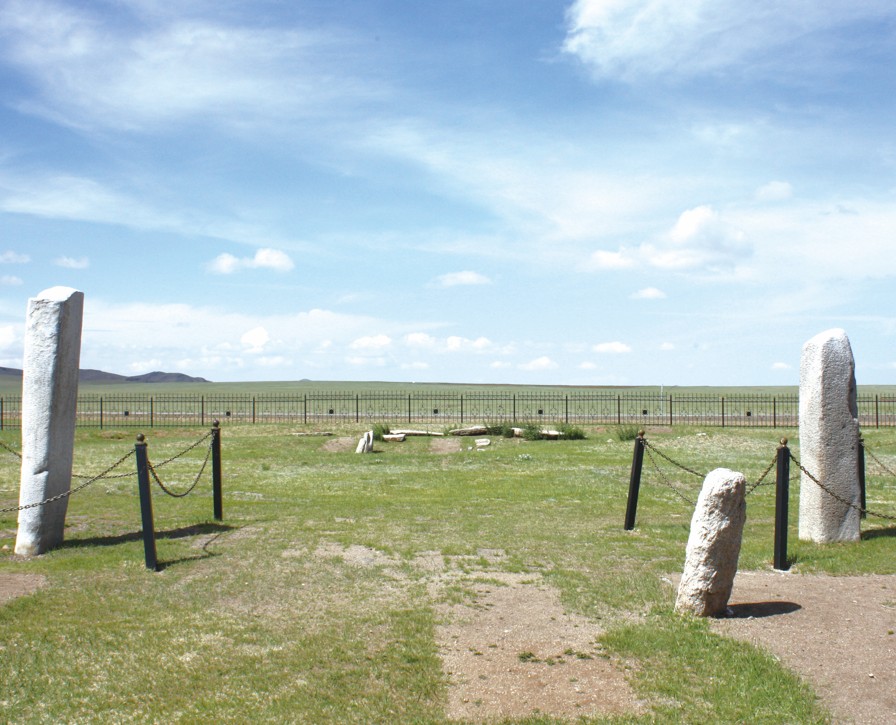
Mongolian History Teacher Workshop and Field trip
On May 29th, at 6:00 AM, we arrived at Incheon International Airport, heading towards Mongolia, the land of the blue wolf and white doe descendants. The purpose of our trip was to attend a history teacher workshop and conduct field visits in the northern desert area for a five-night and six-day trip. Our group boarded Korean Air flight KE197, departing at 8:10 AM. The plane soared through the blue sky and white clouds, and before we knew it, we had arrived in Mongolia, the land founded by the descendants of the blue wolf and white doe.
Before 10:00 local time, we landed at Chinggis Khaan International Airport and went through immigration. The airport staff asked if we had visas, to which we replied that we were visiting as tourists. Since May 2022, visa-free visits to Mongolia for South Koreans had been approved, and it was a moment where we truly felt the convenience of entering Mongolia. Around 11:30 AM, as we entered the arrivals area, we were greeted by Yeo Byeongmu, a professor from the International University of Ulan Bator. While passing through the city, what struck us was the presence of Korean convenience store brands such as CU and GS25 in various locations. According to the local professor's explanation, Korean convenience stores are only slightly cleaner and have slightly friendlier staff compared to Mongolian convenience stores. However, what truly captivates young Mongolians is the presence of desks and chairs where people can sit and work for a while.
A research fellow at the Korea-China Relations Institute of the Hong Seongmin Foundation